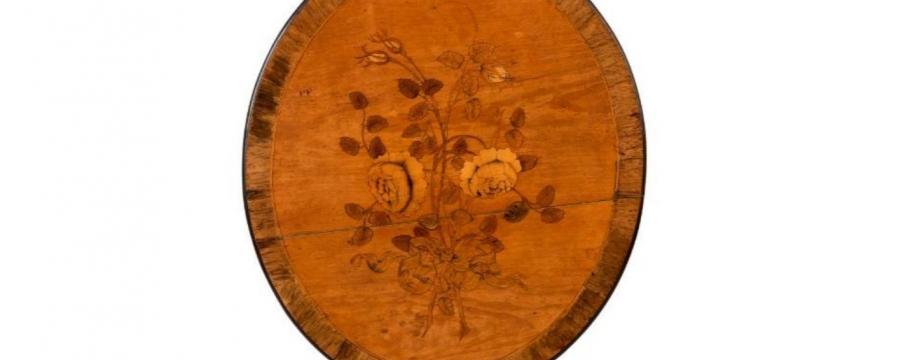
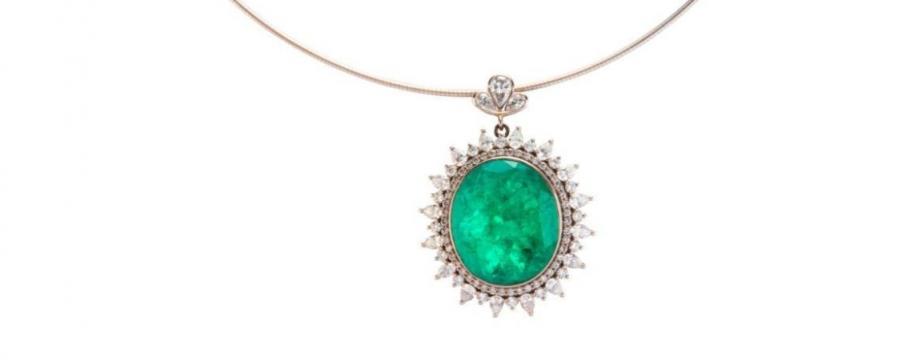

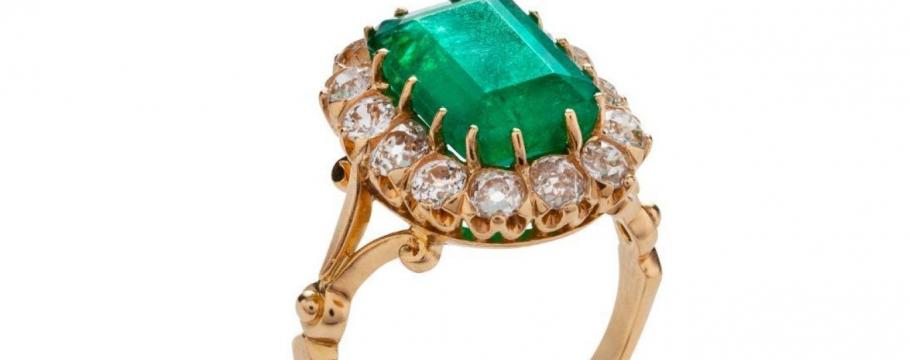




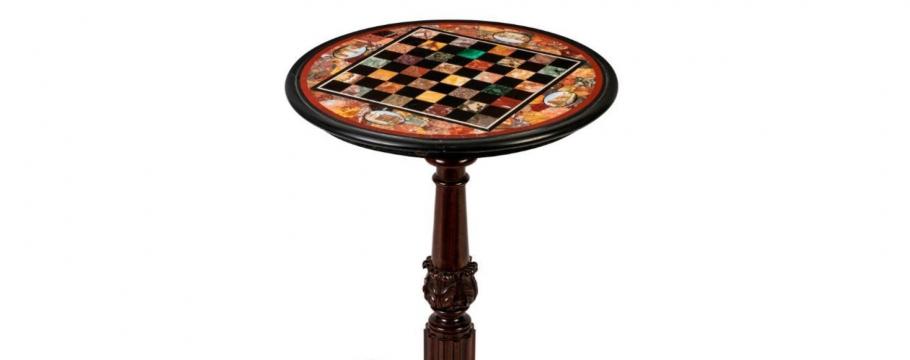
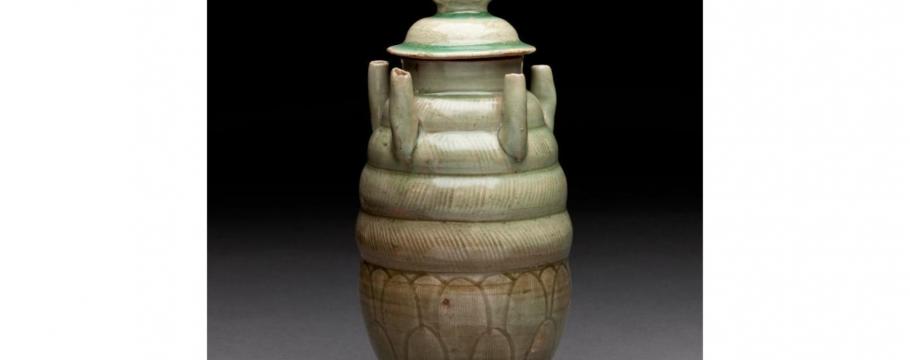
Royal cabinetmaker leaves memorable auction legacy
Author: Richard Brewster | Posted: 27th March, 2019
Among the 776 items up for grabs at Gibson’s Auctions forthcoming Autumn Auction Series – from 6.30pm Monday April at Level 1, 885-889 High Street, Armadale – is lot 298, an unusual George III satinwood, padouk and inlaid tripod table attributed to John Cobb (1710-1778).
A leading English cabinetmaker of his day, in partnership with fellow artisan William Vile (Vile & Cobb) Cobb supplied furniture to leading patrons such as King George III and Queen Charlotte, the first Earl of Leicester at Holkam Hall, the fourth Duke of Devonshire at Chatsworth and the fourth Duke of Bedford at Woburn Abbey.
From 1761 until April 1764 when Vile retired, they held the Royal Warrant for works (afterwards granted to two of Cobb’s artisans) created in an Anglicised Rococo style (Vile) and an elegant new Neoclassical fashion (Cobb), which he executed in the 1770s.
Today, some of Cobb’s works are in the Royal Collection at Buckingham Palace. The auction piece has a history linked with the Parisian taste for floral tapestried chairs with ‘Roman’ medallion backs – popularised in the 1750s at the Gobelins factory and which rapidly spread to England.
A set Gobelins tapestries and floral upholstery was ordered in 1766 for Moor Park Hertfordshire by Sir Lawrence Dundas who died in 1781.
It is believed the accompanying tripod table was supplied by cabinetmaker John Cobb (who Sir Lawrence noted in 1770 had supplied him with about 1500 pounds of furniture) and 14 years later moved to the Dundas London townhouse, where in 1902 it appeared in a photograph taken for the magazine The Kind, reprinted in 2000 for London Interior, Country Life Arum Press.
The auction will be held over three sessions – the first on the Monday night – and continue from 2pm the following day.
The first session is devoted entirely to jewellery and silver, followed in the second session by decorative arts and design and finishing with Chinese and Asian works of art.
Some of the more unusual jewellery pieces include a boulder opal and diamond pendant (lot 16) weighing about 20 carats and a vintage emerald and diamond cluster ring (lot 13).
The most valuable auction piece is an impressive Colombian emerald and diamond pendant (lot 45) with a catalogue estimate of $70,000-$100,000, while a Victorian sentimental brooch (lot 85) makes an appealing and affordable gift.
Unusual is the modernist gold necklace retailed by Kozminsky (lot 120) and a ruby and diamond pendant by Bvlgari (lot 109).
Among the silver on offer is a pair of George V reticulated vases by William Comyns & Sons, London 1913 (lot 219), which were auctioned on September 20, 1991 by Christie’s in New York.
Apart from the John Cobb table, the decorative arts and design session is notable for a fine Louis XVI style French 3rd Republic gilt bronze mounted Calacatta imperial marble fire surround (lot 276).
Other strong attractions are a pair of circa 1865 12-inch terrestrial and celestial library globes (lot 314) and a pair of late 19th century French gilt bronze mounted kingwood bureau plats (lot 343).
A rare set 14 early 19th century Regency Etruscan painted dining chairs (lot 371) should garner plenty of attention along with a an 1820s Regency Grand Tour specimen marble and micro mosaic games table (lot 257).
A Greek orator, (lot 241) a sculpture by Albert Ernest Carrier-Belleuse (1824-1887), and a large and impressive circa 1810 Regency bronze mounted ebonised and giltwood convex girandole (lot 380) should interest collectors, while a late 19th century Tekke Turkoman carpet (lot 278) and early 20th century Sarouk carpet from west-central Iran (lot 671) are other finds.
For collectors of Chinese historical items, an early 12th century Lonquan celadon carved jar and cover (lot 737) is essential viewing.





